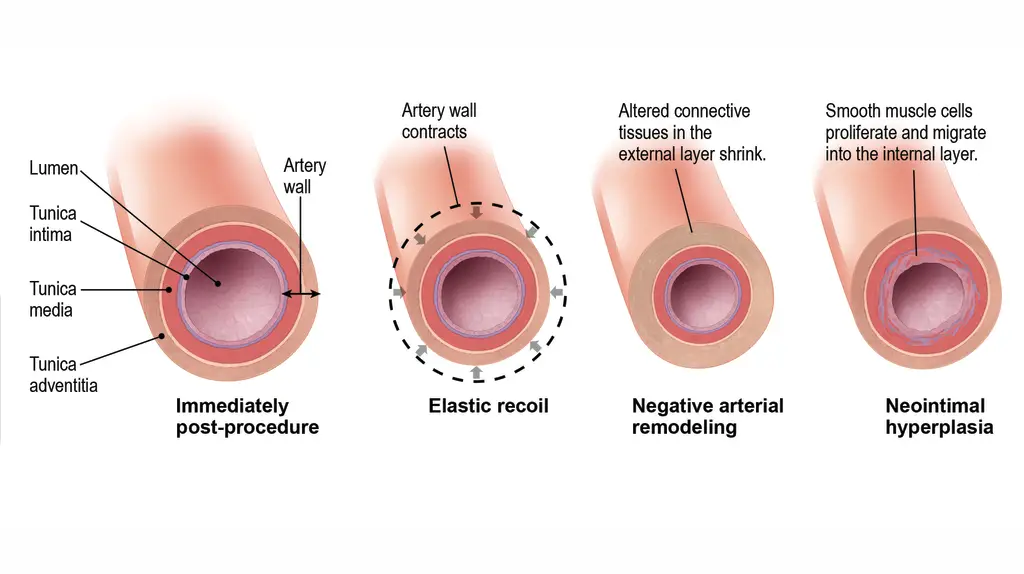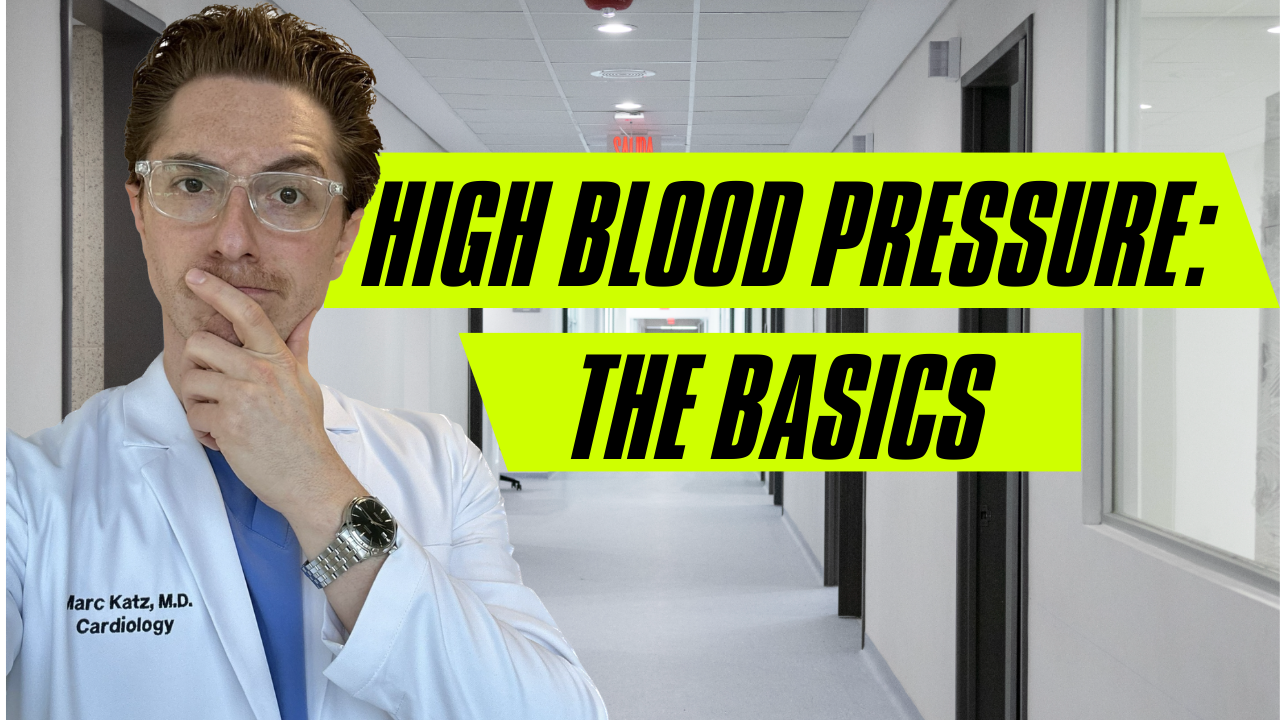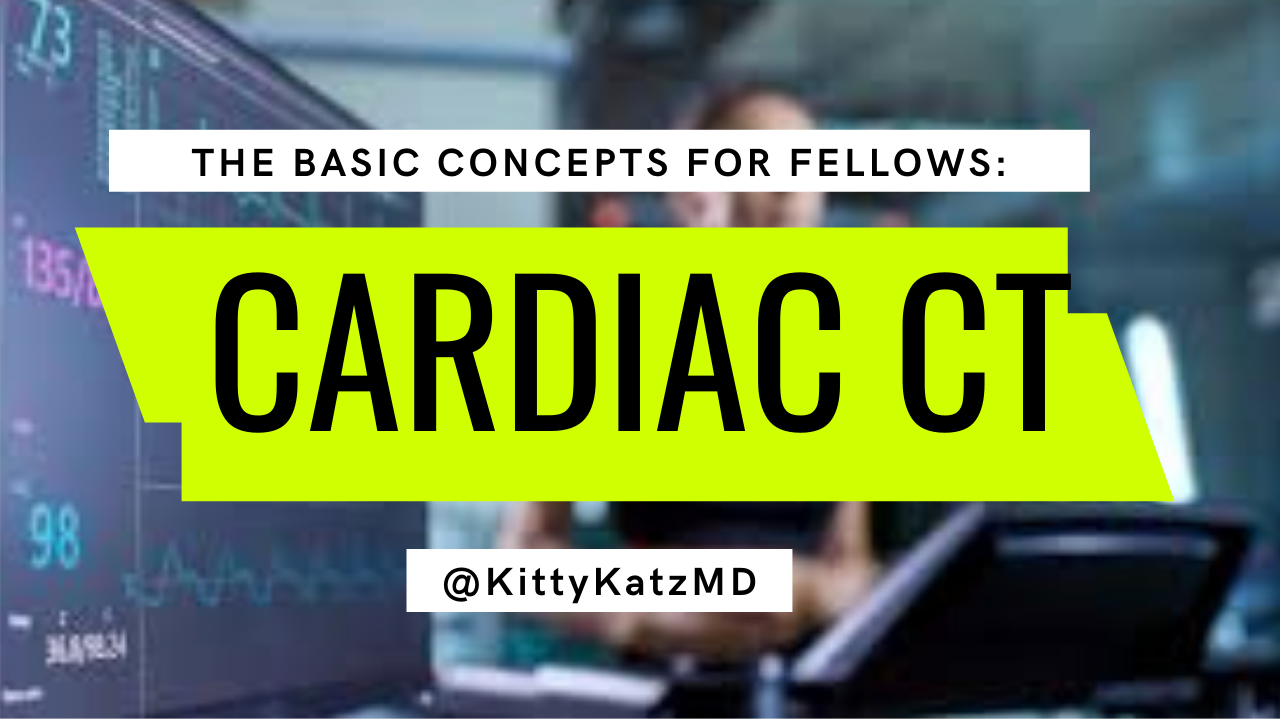Medications After a Heart Attack| Why Dual Anti Platelet Therapy Is So Important
When you have a heart attack, or a myocardial infarction (MI), one of the most common outcomes is the placement of a stent inside your coronary arteries, or the arteries that supply the heart itself. The most common type of stent we use today are drug eluting stents (DES). Two medications cardiologists routinely prescribe together after DES placement are dual anti platelet therapy (DAPT).
DAPT is composed of two medications. The first is aspirin and the second is either Plavix (Clopidogrel), Brilinta (Ticagrelor), or Effient (Prasugrel). They are supremely important after a having a stent placed in the heart because they keep the stent open. DAPT keeps stents open by preventing clots from forming inside the stents.
The history behind coronary stents starts several decades ago when balloon angiography was the only direct mechanism we had to combat sudden heart attacks. We used to insert a balloon inside the clogged artery and open it up. However this only worked for a short period of time and at 6 months the artery was often narrowed again almost 50% of the time. Additionally when we deflated the balloon the natural physiology and physics of the balloon angiography would cause the artery to recoil and often would be even more narrow than before. This is visualized below on the left hand side

That’s why bare metal stents were created. The metal inside a stent kept the artery wall from recoiling. However these stents also closed up with time. The reason they closed or narrowed over time was due to neointimal hyperplasia. Neointimal hyperplasia is shown above on the right hand side. It is the process of normal smooth muscle cells inside of the coronary arteries abnormally being deposited inside the inner layer of the artery wall. That’s why drug eluting stents (DES) were created.
DES are the same metal stents but they are coated in a drug that slowly seeps into the artery wall and prevents neointimal hyperplasia and thus prevents the slow narrowing of the artery from happening. However this causes the metal struts of the stent itself to be exposed to the bloodstream for a longer period of time and results in an increased risk of in-stent thrombosis- or clots to form inside the stent. This is where dual anti platelet therapy (DAPT) comes in. DAPT keeps stents from having clots form inside the stent itself.
In the video below I go into greater detail about what happens during a heart attack inside the coronary arteries, a brief history on how heart attacks previously used to be treated, why we developed new types of coronary stents, and ultimately the importance of taking your dual anti platelet therapy after a heart attack and stent placement, and possible side effects of the medications to watch out for I also briefly explain the duration of DAPT therapy, side effects patients should look out for, other medications to avoid after a heart attack, and I stress the importance of never stopping your medications without first talking with your cardiologist.
***This video is intended for educational purposes only. This content is not intended to be a substitute for professional medical advice, diagnosis, or treatment. Always seek the advice of your physician or other qualified health provider with any questions you may have regarding a medical condition. Never disregard professional medical advice or delay in seeking it because of something you have heard or read online***


